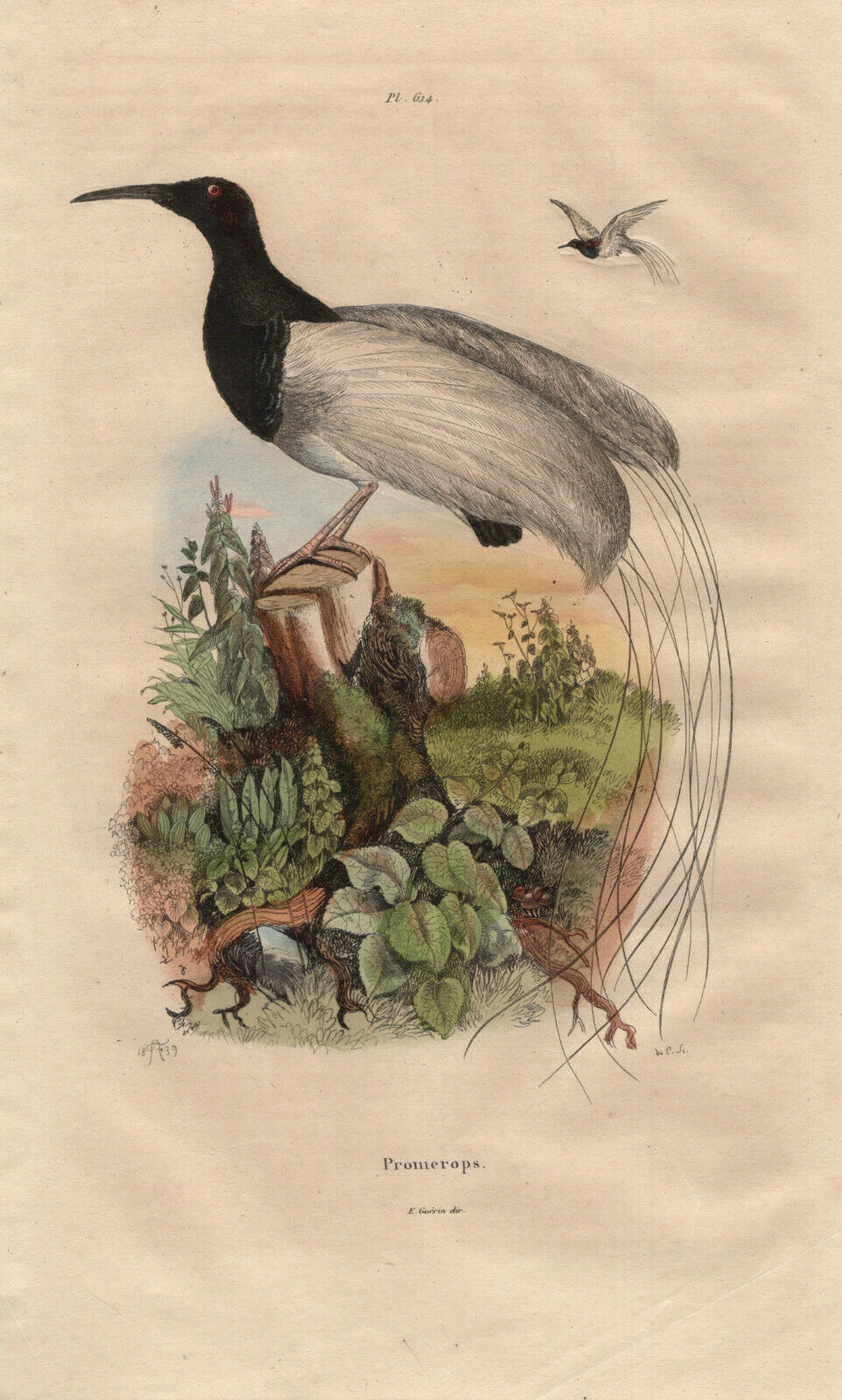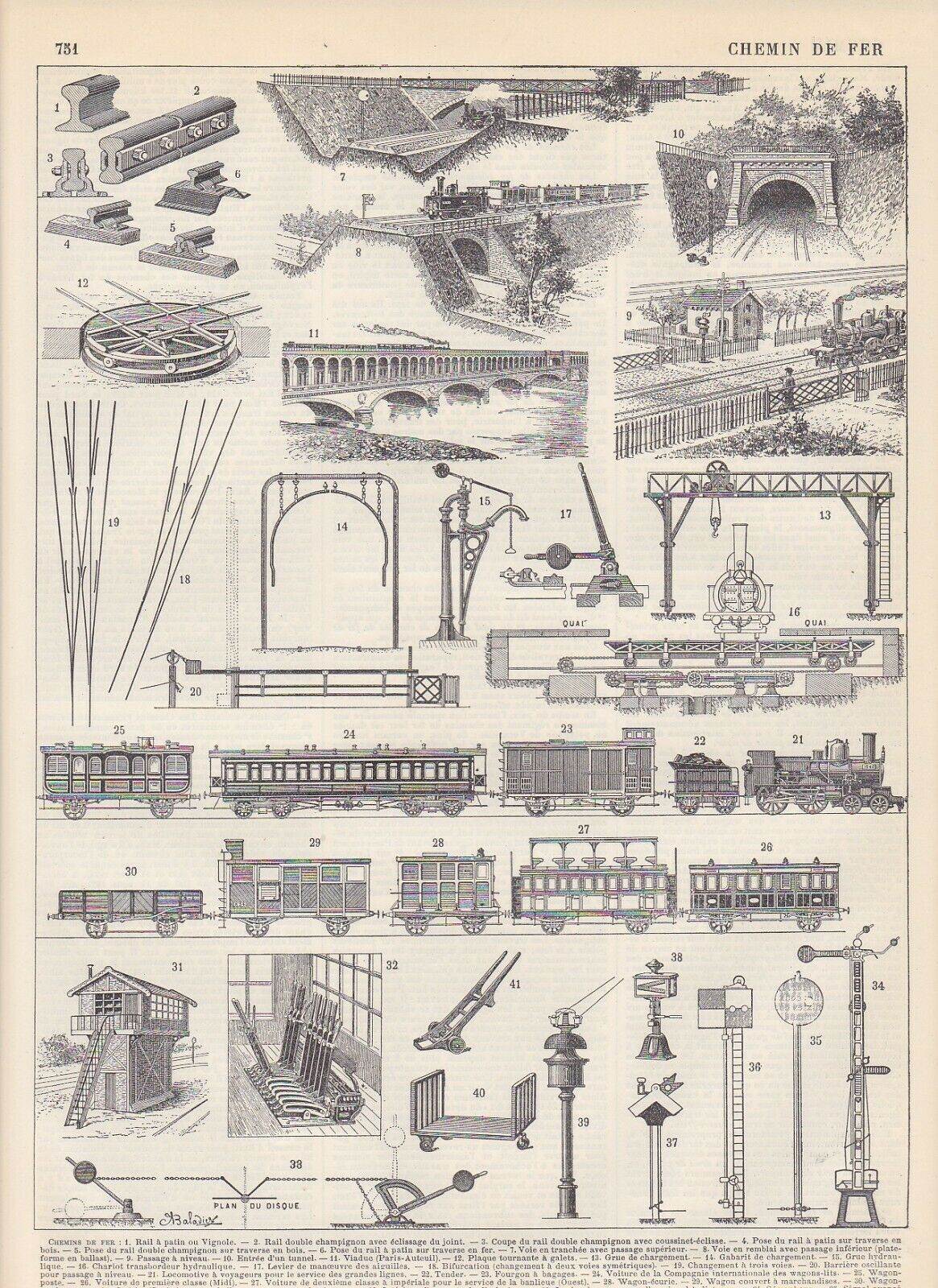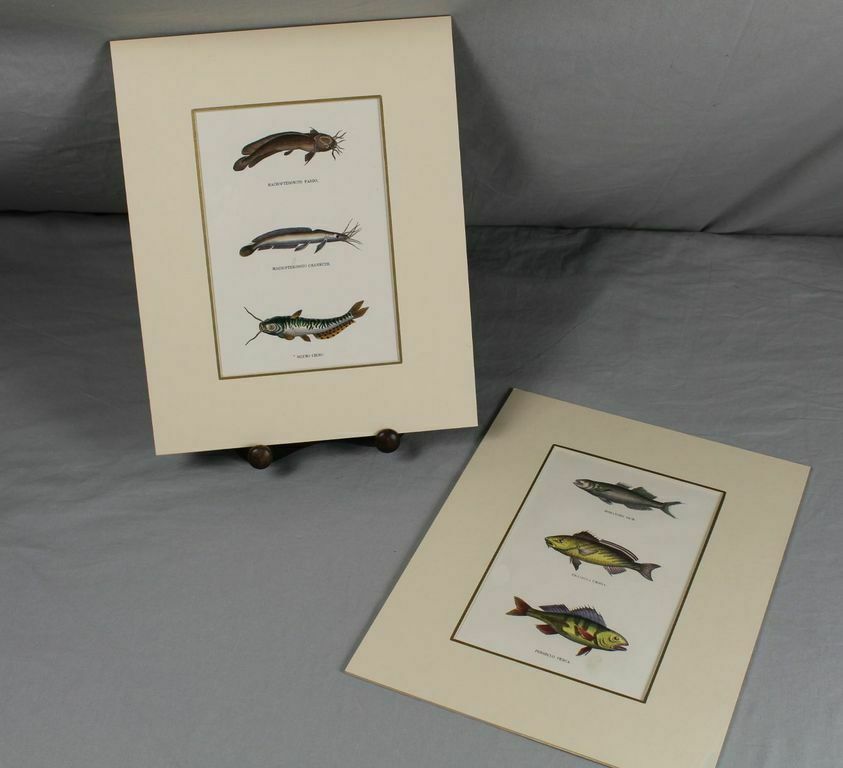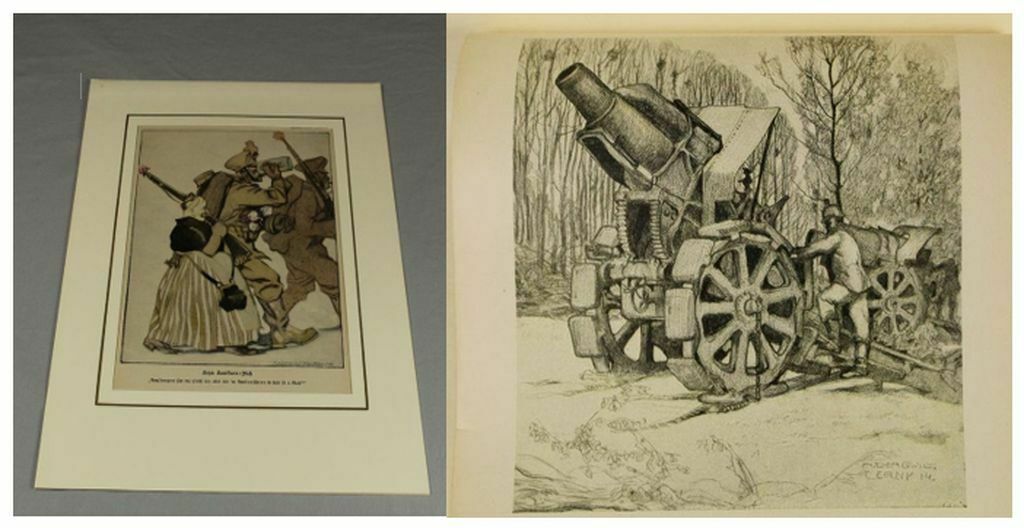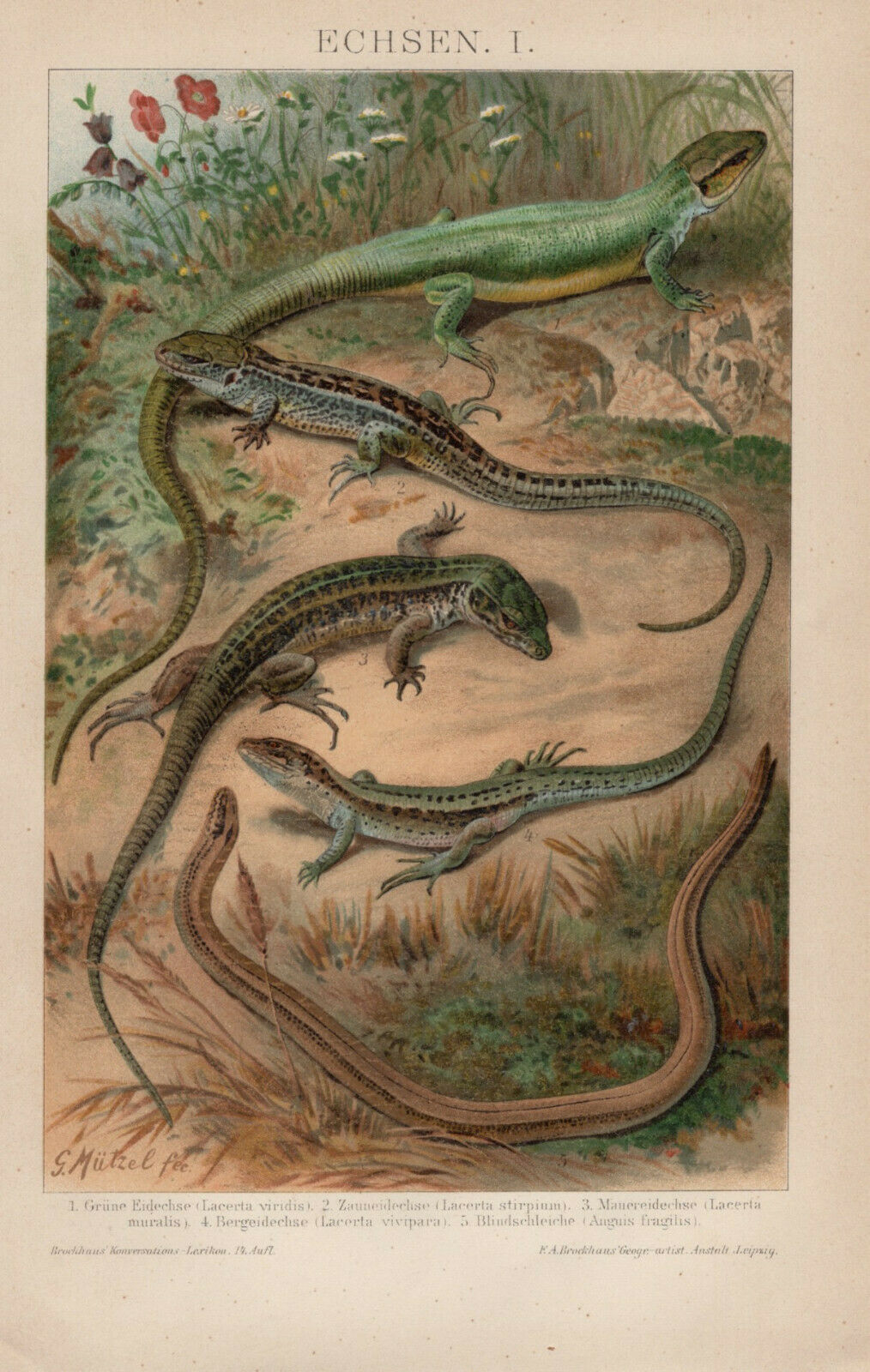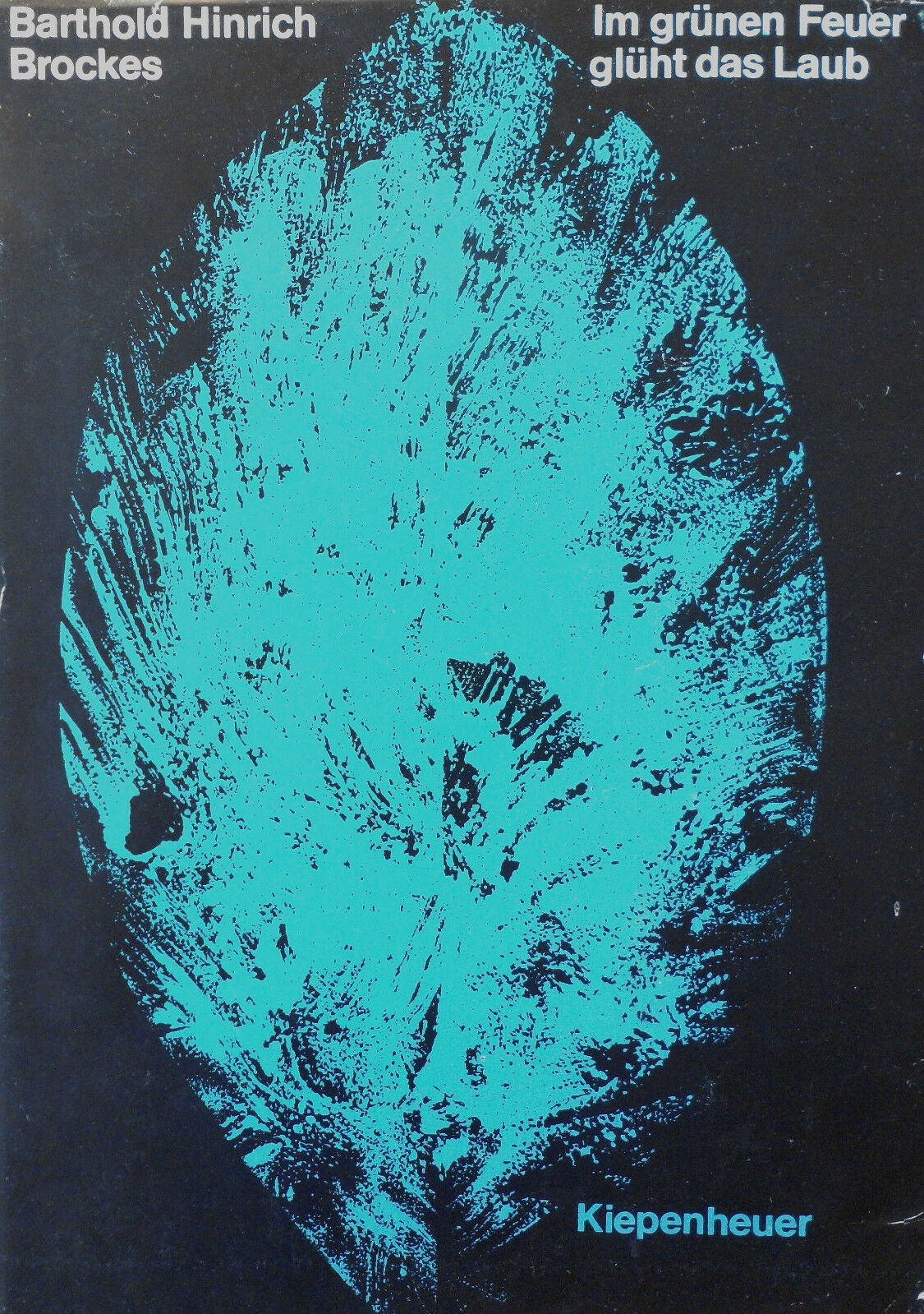-40%
Schlacht bei Port Arthur Russisch-Japanischer Krieg Original LITHOGRAPHIE 1910
€ 7.65
- Description
- Size Guide
Description
Port ArthurOriginal Lithographie von 1910 (kein Reprint - no copy)
Blattgröße 48 x 34 cm - rückseitig unbedruckt.
Zustand: gut - siehe Scan!
Der Versand erfolgt selbstverständlich schnell und knicksicher verpackt!
Versandkosten:
innerhalb Deutschlands 4,50
Shipping costs Europe 6,50 EUR
Shipping costs World 6,50 EUR
Bei Fragen bitte eine mail schicken - Questions? - please send a mail.
Beachten Sie bitte auch meine anderen Angebote!
Hier weitere Motive im Shop!
Biete noch viele weitere Holzstiche an - nutzen Sie die Shop-Suche.
Versandkosten fallen bei mehreren erworbenen Artikeln nur einmal an!
Dokumentation:
Der Russisch-Japanische Krieg begann im Februar 1904 mit dem Angriff des Japanischen Kaiserreichs auf den Hafen von Port Arthur und endete nach einer Reihe verlustreicher Schlachten im Sommer 1905 mit der Niederlage des Russischen Kaiserreichs. Der unter US-amerikanischer Vermittlung ausgehandelte Friedensvertrag von Portsmouth vom 5. September 1905 besiegelte den ersten bedeutsamen Sieg einer asiatischen über eine europäische Großmacht seit Jahrhunderten.
The Russo-Japanese War (Russian: Ру́сско-японска́я во́йна, romanized: Rússko-yaponskáya vóyna; Japanese: 日露戦争, romanized: Nichiro sensō; "Japanese-Russian War") was fought during 1904–1905 between the Russian Empire and the Empire of Japan over rival imperial ambitions in Manchuria and Korea.[4] The major theatres of operations were the Liaodong Peninsula and Mukden in Southern Manchuria and the seas around Korea, Japan and the Yellow Sea. Russia sought a warm-water port on the Pacific Ocean for its navy and for maritime trade. Vladivostok was operational only during the summer, whereas Port Arthur, a naval base in Liaodong Province leased to Russia by China, was operational all year. Since the end of the First Sino- Japanese War in 1895, Japan feared Russian encroachment on its plans to create a sphere of influence in Korea and Manchuria. Russia had demonstrated an expansionist policy in the Siberian Far East from the reign of Ivan the Terrible in the 16th century.[5] Seeing Russia as a rival, Japan offered to recognize Russian dominance in Manchuria in exchange for recognition of Korea as being within the Japanese sphere of influence. Russia refused and demanded Korea north of the 39th parallel to be a neutral buffer zone between Russia and Japan. The Japanese government perceived a Russian threat to their plans for expansion into Asia and chose to go to war. After negotiations broke down in 1904, the Japanese Navy opened hostilities by attacking the Russian Eastern Fleet at Port Arthur, China, in a surprise attack. Russia suffered multiple defeats by Japan, but Tsar Nicholas II was convinced that Russia would win and chose to remain engaged in the war; at first, to await the outcomes of certain naval battles, and later to preserve the dignity of Russia by averting a "humiliating peace". Russia ignored Japan's willingness early on to agree to an armistice and rejected the idea to bring the dispute to the Arbitration Court at The Hague. The war concluded with the Treaty of Portsmouth, mediated by US President Theodore Roosevelt. The complete victory of the Japanese military surprised world observers. The consequences transformed the balance of power in East Asia, resulting in a reassessment of Japan's recent entry onto the world stage. It was the first major military victory in the modern era of an Asian power over a European one. Scholars continue to debate the historical significance of the war.
出典: フリー百科事典『ウィキペディア(Wikipedia) 日露戦争(にちろせんそう)は、1904年(明治37年)2月8日から1905年(明治38年)9月5日にかけて大日本帝国とロシア帝国との間で行われた戦争である。朝鮮半島と満州の権益をめぐる争いが原因となって引き起こさ れ、満州南部と遼東半島がおもな戦場となったほか、日本近海でも大規模な艦隊戦が繰り広げられた。最終的に両国はアメリカ合衆国の仲介の下で調印されたポーツマス条約により講和した。 講和条約の中で日本は、朝鮮半島における権益を全面的に承認されたほか、ロシア領であった樺太の南半分を割譲され、またロシアが清国から受領していた大連と旅順の租借権を移譲された。同様に東清鉄道の旅順 - 長春間支線の租借権も譲渡された。なお、賠償金については一切の要求を認められなかった。
Die Seeschlacht vor Port Arthur (japanisch 旅順口海戦, Ryojunkō Kaisen) fand vom 26. Januarjul./ 8. Februar 1904greg. bis zum folgenden Tag vor Port Arthur zwischen der japanischen Flotte unter Admiral Tōgō Heihachirō und der russischen Flotte unter dem Kommando von Admiral Oskar Wiktorowitsch Stark statt. Die Seeschlacht markierte den Beginn des Russisch-Japanischen Krieges mit dem japanischen Überfall in der Nacht vom 8. auf den 9. Februar 1904. Die japanische Flotte griff mit Zerstörern die vor Port Arthur liegende russische Flotte in der Nacht und während des folgenden Tages an. Der Überfall endete mit einem Teilerfolg Japans, da diese zwar einige Schiffe für einige Zeit außer Gefecht setzen konnte, aber kein Schiff versenken konnte. Erst am 10. Februar 1904 erklärte das Japanische Kaiserreich dem Russischen Kaiserreich offiziell den Krieg.
The Battle of Port Arthur (Japanese: 旅順口海戦 Hepburn: Ryojunkō Kaisen)[2] of 8–9 February 1904 marked the commencement of the Russo-Japanese War. It began with a surprise night attack by a squadron of Japanese destroyers on the neutral Russian fleet anchored at Port Arthur, Manchuria, and continued with an engagement the following morning; further skirmishing off Port Arthur would continue until May 1904. The attack ended inconclusively, though the war resulted in a decisive Japanese victory.
旅順口攻撃(りょじゅんこうこうげき)は日露戦争の開戦した1904年(明治37年)2月から5月にかけて行われた大日本帝国海軍連合艦隊によるロシア帝国海軍第一太平洋艦隊(旅順艦隊)に対する攻撃。 日本海軍は、日本本土から大陸への海上輸送を脅かすロシア艦隊を無力化するため、旅順口攻撃を計画した。日本海軍は水雷夜襲等による八次にわたる攻撃と三回の閉塞作戦を実施した。 この攻撃でロシア太平 洋艦隊は旅順に封じ込まれ、本土から大陸までの陸軍の揚陸や補給が容易になった他、第一次日韓協約が締結されるなど戦地に連なる韓国との外交関係を有利なものとした。しかし、旅順港に籠るロシア艦隊に決定 的な打撃を与えることには成功せず、艦隊が温存されたことにより日本から満州に到る制海権が脅かされたため、陸上側からの旅順要塞の攻略が必要となった。
Quelle: Wikipedia

